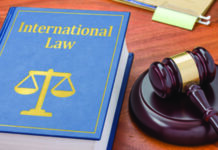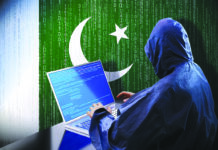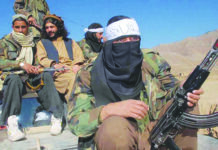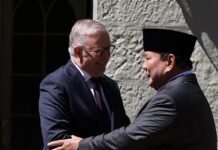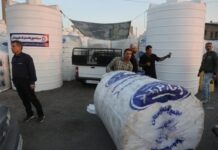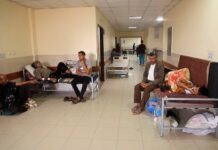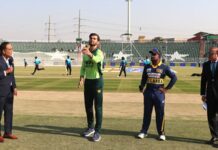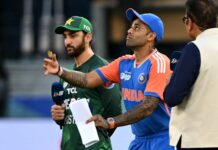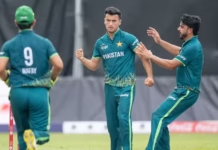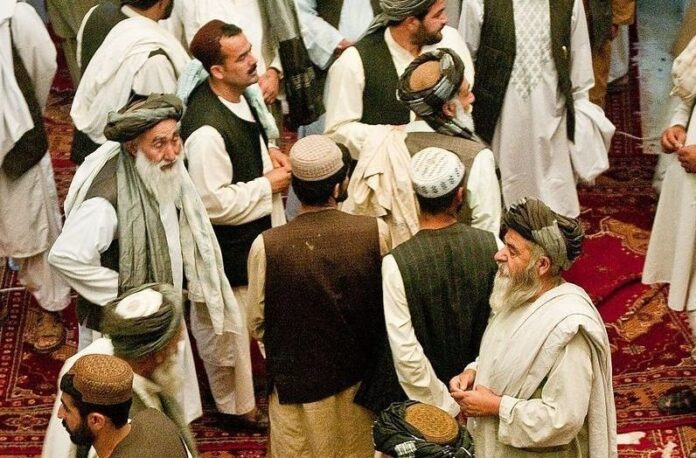The Islamic Republic of Afghanistan is a mountainous landlocked country of Central and South Asia bordered by Pakistan to the east and south, Iran to the west, Turkmenistan, Uzbekistan and Tajikistan to the north and China to the northeast. In modern times, after the Third Anglo-Afghan War of 1919 the country became free and adopted monarchy under Amanullah Khan, but in 1973 King Zahir Shah was overthrown and a short-lived republic was born which followed the establishment of a socialist state after a second coup in 1978. As of today, in 2021, the population of Afghanistan is around 37,466,414 which includes roughly 3 million Afghan citizens living as refugees in both Pakistan and Iran. It’s a multiethnic society which includes Pashtun 38.5 percent, Tajik 21.3 percent, Hazara 24.5 percent, Uzbek 6 percent, Aimak 3.2 percent, Turkmen 1.2 percent, Baloch 0.5 percent and others such as Pashai, Nuristani, Arab, Brahui, Pamiri and Gujjar, 4.9 percent. Of all the populations approximately 46 percent is under 15 years of age, and 74 percent of all Afghans live in rural areas while about 26 percent of the population is urban. There are two important languages, Pashto and Dari, popularly known and widely spoken in most parts of the country but Uzbek and Turkmen are smaller languages used in some parts of the north and as a result multilingualism is common throughout the country, especially in major cities. Islam is the single dominant religion followed by more than 99 percent of Afghan citizens with 89.7 percent of the population practising Sunni Islam and belong to the Hanafi school of Islamic law, while 10 to 15 percent belong to Shia Islam and follow the Jari school and the Twelver branch. A very thin population of about 0.3 percent also practice Sikhism and Hinduism. Recently, like other nations of the world, a nationwide e-ID programme was launched to know the exact figures about the size and composition of ethnicity in the country, although Article 4 of the present constitution of the country mentions 14 ethnic groups by name.
Although no official census has been done in the country since 1979, the total number of Pashtuns is estimated to be around 63 million in Afghanistan, historically known as Iranian ethnic group, native to Central and South Asia speaking the group’s language Pashto, but this group of Afghanistan also uses Dari, a dialect of Persian, as a second language while those in the Indian subcontinent use Hindi-Urdu as a second language and most of whom reside in southern Afghanistan and northwestern Pakistan. Their area is mostly located south of the Amu Darya in Afghanistan and west of the Indus River in Pakistan, comprising the Khyber Pakhtunkhwa and northern Baluchistan. The history of modern Afghans is related back to the regime of Delhi Sultanate, particularly the Hotak dynasty and Durrani Empire. In fact, Ahmad Shah Durrani was a military commander under Nader Shah who created the last Afghan empire that covered most of today’s Afghanistan, Pakistan, Kashmir and Indian Punjab as well as the Kohistan and Khorasan provinces of Iran. The decline of the Durrani dynasty led to its being succeeded by the Barakzai dynasty which ruled from 1826 to !973 when Zahir Shah took the reign of administration. The end of monarchy and the rule of President Daoud Khan, who was assassinated in 1978, and the Soviet intervention in December 1979, paved the way for proxy war in the region.
At that time Pakistan became active and began recruiting Mujahideen guerrillas for a warfare against the Democratic Republic of Afghanistan. The Mujahideen were pro-Islamic guerrillas engaged in jihad to fight on behalf of Islam. Although the Soviet intervention was justified as being in order to defeat a rising insurgency in the country, the Mujahideen fought on, being mainly funded by the USA, Saudi Arabia, China and others, and also comprised of some Pashtun commanders like Gulbuddin Hekmatyar and Jalaluddin Haqqani.
With the Soviet intervention in Afghanistan, millions of Pashtuns decided to flee from the country and settled in the Afghan diaspora in Pakistan and Iran, but some of them proceeded to North America, the European Union, the Middle East, Australia and other parts of the world. The new developments altered the balance of power in Afghanistan where Pashtuns were historically dominant but emergence of new well-organised armed groups comprising Tajiks, Uzbeks and Hazaras combined with fragmented Pashtuns reduced the influence of earlier Pashtun and, thus, in both groups- Taliban and the Northern Alliance, Pashtuns were part and parcel who were fighting against each other in the country
With the Soviet intervention in Afghanistan, millions of Pashtuns decided to flee from the country and settled in the Afghan diaspora in Pakistan and Iran, but some of them proceeded to North America, the European Union, the Middle East, Australia and other parts of the world. The new developments altered the balance of power in Afghanistan where Pashtuns were historically dominant but emergence of new well-organised armed groups comprising Tajiks, Uzbeks and Hazaras combined with fragmented Pashtuns reduced the influence of earlier Pashtun and, thus, in both groups- Taliban and the Northern Alliance, Pashtuns were part and parcel who were fighting against each other in the country. The two main Pashtuns- Gulbuddin Hekmatyar and Haqqani were considered as top leadership of Taliban while Abdullah Abdullah and Abdul Qadir were sided with Northern Alliance and fighting against Taliban.
The Northern Alliance was a partner of the previous Afghan government, taking all help from the USA. When the Taliban regime was ousted in 2001 with the help of America-led war in Afghanistan, it was replaced by the Karzai administration, followed by Ghani reign in succession. Even today Pashtuns are in a dominant position in both groups and they are not only playing an important role in South Asia but also in Central Asia and Middle East. In addition, there are so many noted Pashtun personalities of India and Pakistan who have adopted non-Pashtun cultures and learned the languages such as Urdu, Punjabi and Hindko.
At large, the Pashtuns across the region and globe adhere to Pashtunwali codes and are recognised by the culture, not by religion. They are not homogenous strictly in religious terms, although the overwhelming majority of them belong to the Sunni sect, with a tiny Shia community. As with religion, speaking Pashto is not an essential criterion of being a Pashtun, but only patrilineal definition applied everywhere equally according to which only those who have a Pashtun father are Pashtun. There are so many other groups who claim to be Pashtun but do not speak Pashto language and are considered overlapping groups, having different geographical locations and mother tongues. Likewise, the Pathans of India have lost both-language and ways of their ancestors but trace out Pashtun origin and ethnic heritage.

